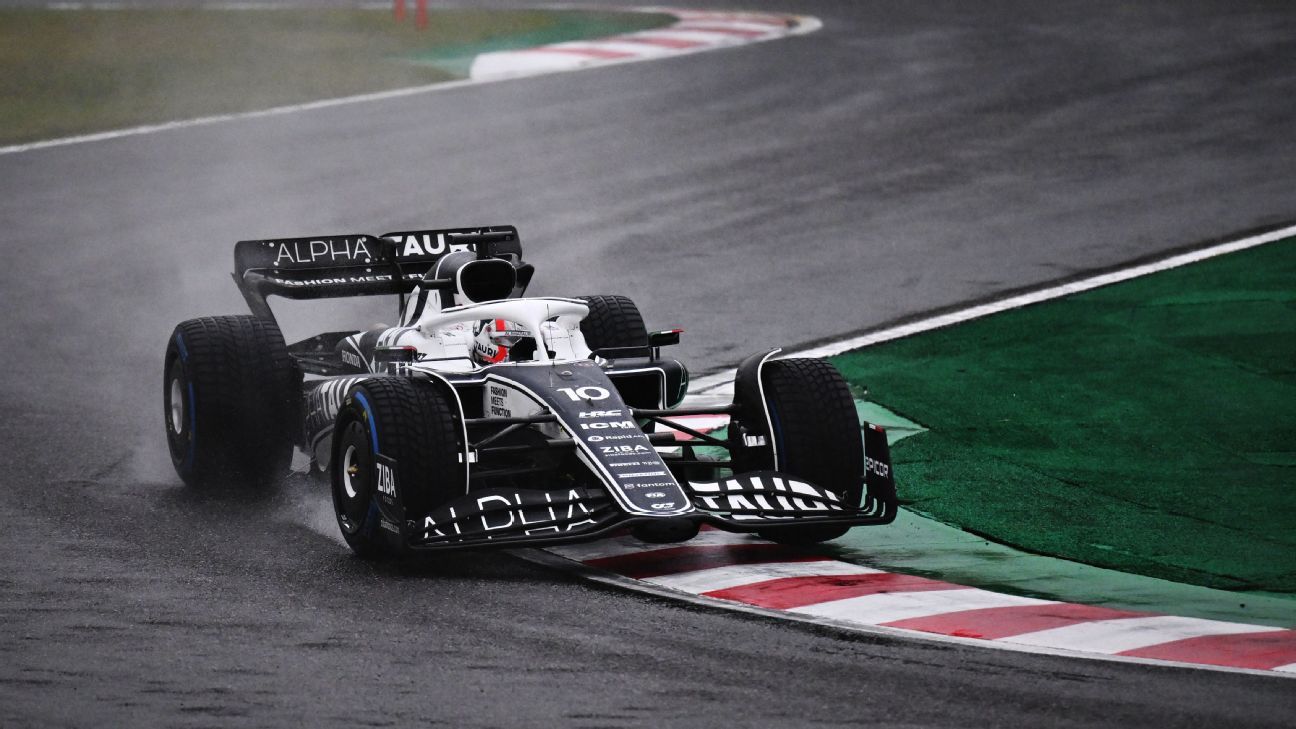AUSTIN — The FIA will make changes to its safety car procedures after Pierre Gasly’s near miss with a recovery vehicle at the Japanese Grand Prix, but has also underlined the importance of driver responsibility after labelling the Gasly’s actions as “reckless.”
Gasly said he came within two metres of a fatal accident at Suzuka two weeks ago when a recovery vehicle was deployed onto the circuit in wet conditions while he was chasing down the safety car following an out-of-sequence pit stop.
Gasly complied with safety car regulations that limited his speed as he caught up with the train of cars behind the safety car, but was still travelling at nearly 200km/h when he came across the tractor crane that was attempting to recover Carlos Sainz’s crashed Ferrari.
The incident drew comparisons with Jules Bianchi’s accident at the 2014 Japanese GP, when he crashed into a crane in a gravel trap and sustained serious brain damage. He died the following year from the injuries.
The FIA conducted a full investigation into Gasly’s near miss after the race and has updated its procedures to improve safety in such situations while underlining an ongoing push to improve the performance of F1’s full wet tyre.
The full report, conducted by a review panel made up of individuals from different FIA departments, conceded that in the worsening conditions it “may have been better to delay the deployment of the recovery vehicles on track” but also accused Gasly of reckless driving around the scene of Sainz’s accident.
“Without undermining responsibilities regarding safety on track, we must also consider as detailed above that GAS [Gasly] drove in a reckless manner by not respecting the flags, thereby ignoring the basic safety rules.”
It added: “It is important to highlight that although the driver has an important responsibility on track with regards to their own safety and that of others, they are not held solely hold responsible for the incident.”
The FIA has confirmed that the role of race director, which this year has alternated between Eduardo Freitas — who was race director in Suzuka — and Niels Wittich, will be handed to Wittich for all of the remaining four races this season.
Key changes to safety car procedures include the introduction of a messaging system to inform teams when a recovery vehicle has entered the track. Part of the issue at the Japanese GP was that teams were not able to warn the drivers about the tractor crane as they had not been notified of its presence.
The FIA also recognised the need to better monitor the positioning of cars around the track, so it is easier to spot when a single car is catching up with the train following a pit stop. Race control and the FIA’s remote operations centre (ROC) will now have a system that displays the status of all cars on track under a safety car or virtual safety car situation.
The investigation also made note of drivers’ responsibilities to slow down in situations like Gasly’s at Suzuka, and the FIA will create a dynamic delta time for them to stick to under safety car and virtual safety cars, which will further restrict their speed around the scene of an accident or recovery.
Penalties for breaching safety car rules are also set to be reviewed.
